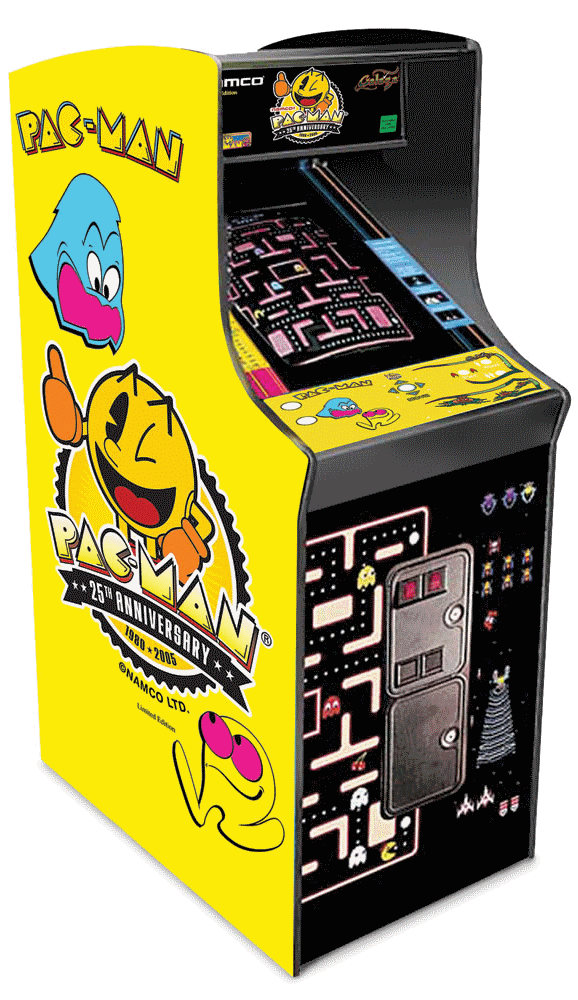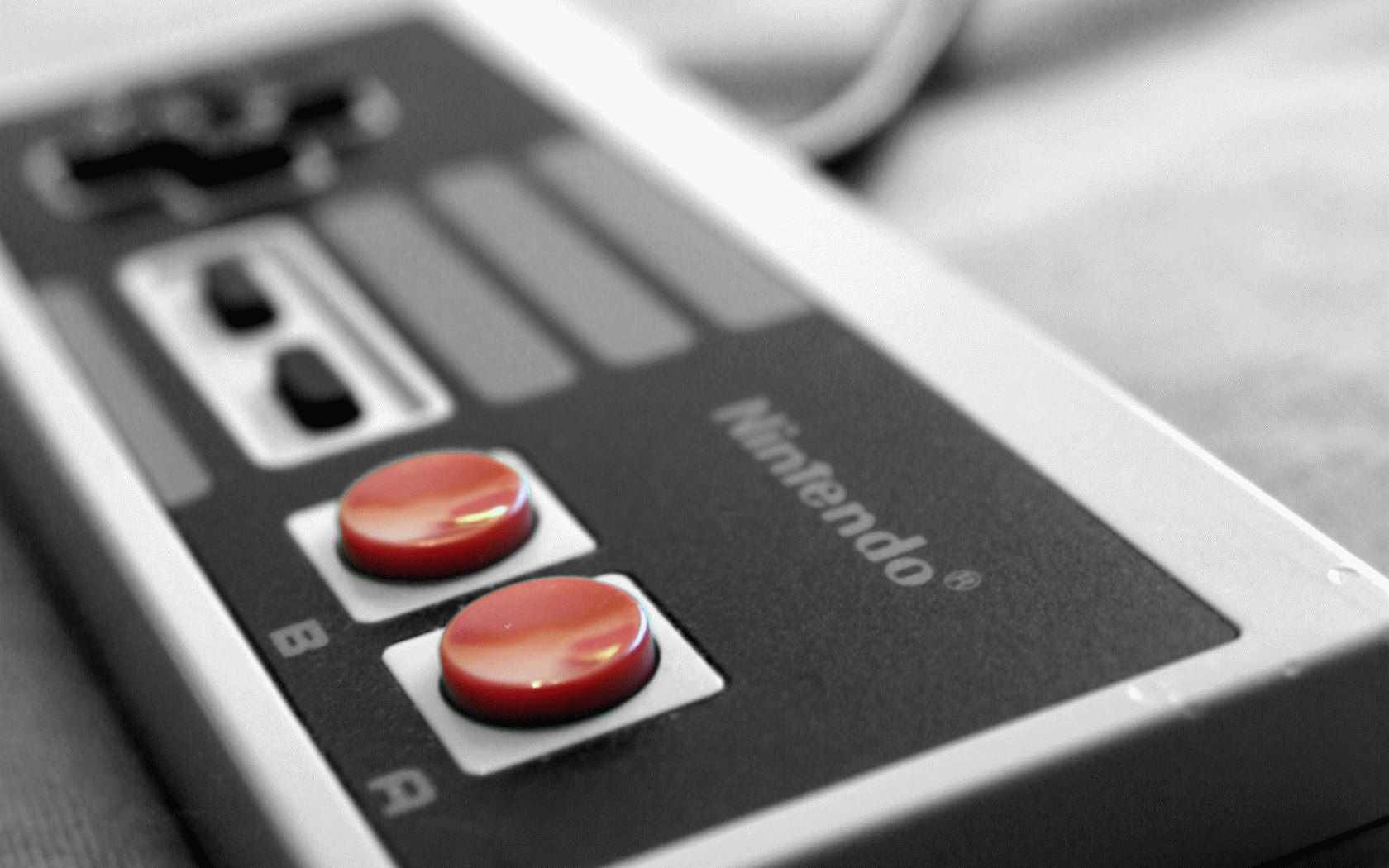
The period from 1975 - 1980 saw the development of computer chips capable of producing simple sound effects and brief monophonic loops of music. Adding music to a game meant that it had to be transcribed into code by a programmer. Arcade games Space Invaders (1978), Pac-man (1980), and Rally X (1980) represent the height of video game sound and music during that period.

- Commodore 64 (1982)
- Nintendo Entertainment System (1983)
- Commodore Amiga (1985)
- Sega Master System (1985)
- Atari 7800 (1986)
- Sega Genesis (1988)
- Nintendo Gameboy (1989)
- Super NES (1990)
